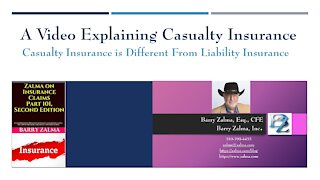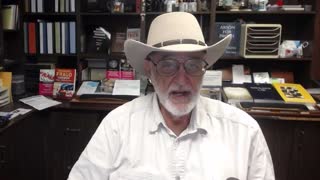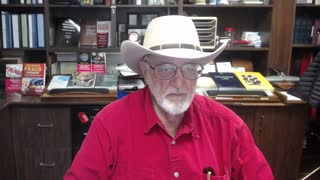Premium Only Content

A Video Explaining How the Law of Unintended Consequences Destroyed the the Tort of Bad Faith
The Law of Unintended Consequences and the Tort of Bad Faith
The concept of unintended consequences is one of the building blocks of economics. Adam Smith’s “invisible hand,” the most famous metaphor in social science, is an example of a positive unintended consequence.
Most often, however, the law of unintended consequences illuminates the perverse unanticipated effects of legislation and regulation. In 1692 the English philosopher John Locke, a forerunner of modern economists, urged the defeat of a parliamentary bill desi
gned to cut the maximum permissible rate of interest from 6 percent to 4 percent. Insurance is controlled by the courts, through appellate decisions, and by governmental agencies, through statute and regulation. Compliance with the appellate decisions, statutes, and regulations—different in the various states—is exceedingly difficult and expensive.
The business of insurance is, unfortunately, subject to the law of unintended consequences as if it were on steroids.
Available as a paperback - https://www.amazon.com/dp/1098910303/ref=sr_1_2?keywords=zalma+and+the+law+of+unintended&qid=1558029191&s=gateway&sr=8-2-spell
Available as a Kindle book https://www.amazon.com/dp/B07RXSZGCH/ref=sr_1_1?keywords=zalma+and+the+law+of+unintended&qid=1558029341&s=gateway&sr=8-1-spell
-
 10:17
10:17
Barry Zalma, Inc. on Insurance Law
10 months agoWho's on First - Defense and/or Indemnity
139 -
 16:42
16:42
Barry Zalma, Inc. on Insurance Law
4 years agoA Video Explaining Casualty Insurance
76 -
 16:33
16:33
Barry Zalma, Inc. on Insurance Law
4 years agoA Video Explaining the Unethical Insured
16 -
 13:28
13:28
Barry Zalma, Inc. on Insurance Law
4 years agoA Video Explaining How a Claims Person Should Select Counsel
15 -
 16:17
16:17
Barry Zalma, Inc. on Insurance Law
4 years agoA Video Explaining the Concurrent Cause Doctrine
39 -
 15:24
15:24
Barry Zalma, Inc. on Insurance Law
4 years agoA Video Explaining the Claims Made CGL
51 -
 17:29
17:29
Barry Zalma, Inc. on Insurance Law
4 years agoA Video Explaining the Nature of Insurance Underwriting
34 -
 15:19
15:19
Barry Zalma, Inc. on Insurance Law
4 years agoA Video Explaining the Need for Construction Experts
47 -
 17:16
17:16
Barry Zalma, Inc. on Insurance Law
4 years agoA Video Explaining the Evidence Needed to Prove Fraud
405 -
 16:29
16:29
zalma
4 years agoA Video Explaining How to Read and Understand Your Homeowners Policy
221